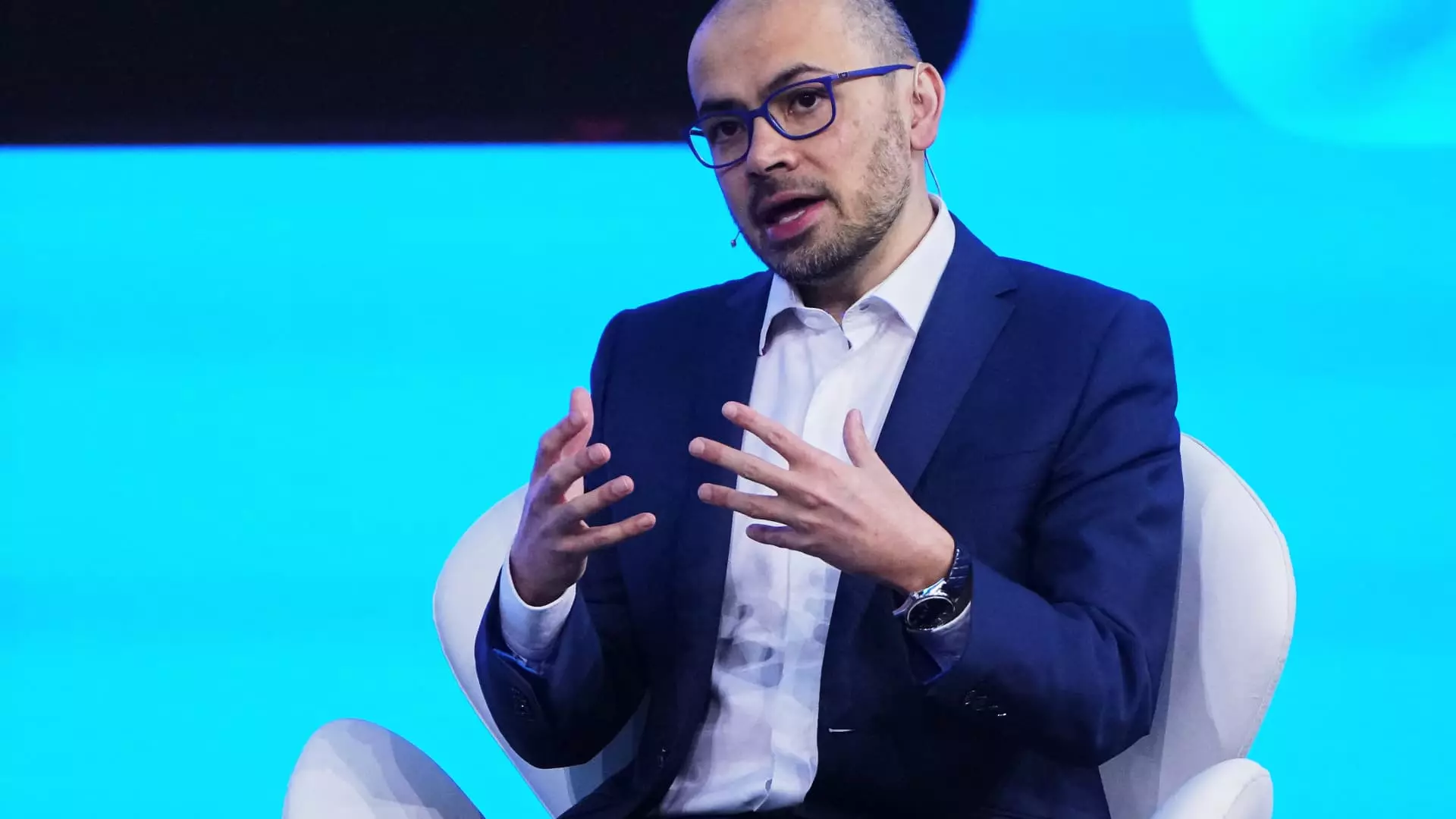In recent weeks, the AI community has been abuzz with discussions surrounding China’s Deepseek and its novel artificial intelligence model. Demis Hassabis, the CEO of Google DeepMind, has weighed in on the matter, acknowledging the impressive engineering behind Deepseek’s latest offering. However, his remarks also include a critical analysis that highlights the intricate dynamics of the AI sector—particularly the heavy stakes linked to technological advancements and financial investments. The juxtaposition of admiration and skepticism in his evaluation invites a closer examination of what it truly means for AI to step onto the global stage.
Deepseek’s recent research paper has generated considerable attention, suggesting that its AI model was trained at an unprecedentedly low cost compared to the industry giants, employing less sophisticated hardware than what leading firms like Nvidia typically advocate. This announcement not only stirred a volatile market reaction—with stocks taking a significant hit—but also initiated a broader conversation regarding the financial sustainability and return on investment that large tech companies yield from their massive expenditures on AI infrastructure.
While Hassabis praised the engineering capabilities manifested in Deepseek’s model, he was notably cautious in presenting it as a groundbreaking evolution in AI technology. Highlighting the lack of new scientific breakthroughs, he emphasized that the model is rooted in established methodologies rather than pioneering novel techniques. This observation is essential for contextualizing the perception of advancements in artificial intelligence; innovation does not solely hinge on engineering prowess but must also encompass scientific understanding and novelty in methodology.
Hassabis’s assertion that the excitement surrounding Deepseek has been overstated underscores a pressing need for critical assessment in the sector. With the AI landscape rapidly evolving, there is a risk that hyperbole can overshadow genuine progress. The distinction between engineering success and scientific advancement serves as a reminder that the technology industry must maintain a delicate balance between innovation and overvaluation.
One of the most provocative elements of Hassabis’s dialogue is his commentary on the trajectory toward artificial general intelligence (AGI). Defined broadly, AGI refers to AI systems demonstrating cognitive capabilities comparable to those of humans. Raising the prospect of being “only five years away” from AGI, Hassabis presents a compelling narrative that both excites and alarms stakeholders across the spectrum—from researchers to policymakers.
Hassabis has echoed sentiments prevalent among his peers, suggesting that the industry is on a formative path to AGI. Yet, this progress does not come without its host of challenges and ethical considerations. For instance, the potential consequences of creating systems that surpass human intelligence can evoke legitimate fears around control and ethical governance. The dangers inherent in AGI echo concerns raised by prominent figures like Max Tegmark and Yoshua Bengio, both of whom have articulated the need for vigilance in ensuring that humans retain oversight over increasingly autonomous systems.
The prospect of AGI brings forth a dual imperative: while it presents an opportunity for unparalleled advancement, it also necessitates a collective responsibility to navigate the associated risks. As Hassabis aptly pointed out, it is crucial for society to prepare not only to harness the benefits of such transformative technology but also to mitigate potential threats. This dual focus on innovation and safeguarding underscores the imperative for collaboration across sectors—scientists, technologists, ethicists, and policymakers must work together to establish frameworks that prioritize societal welfare amidst technological renaissance.
Ultimately, the ongoing discourse surrounding the capabilities of AI systems, like those developed by Deepseek, encapsulates the profound complexities of the technology sector. Amidst rapid advancements, introspection regarding the motivations behind innovation and the implications thereof becomes paramount. As we stand at the brink of an AI-driven future, the collective endeavor must focus on fostering a landscape where technology serves humanity’s best interests—efficiently, ethically, and inclusively.

